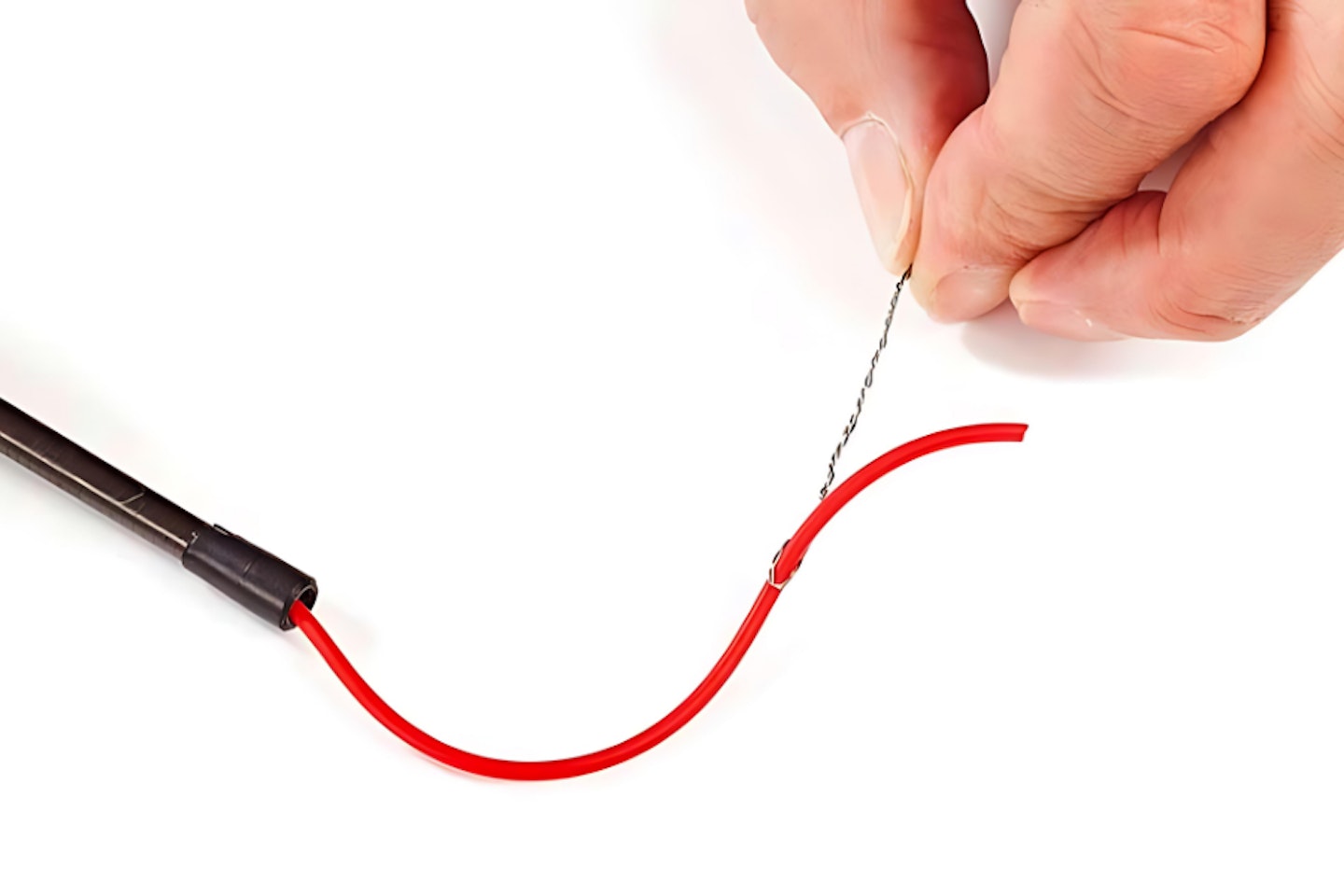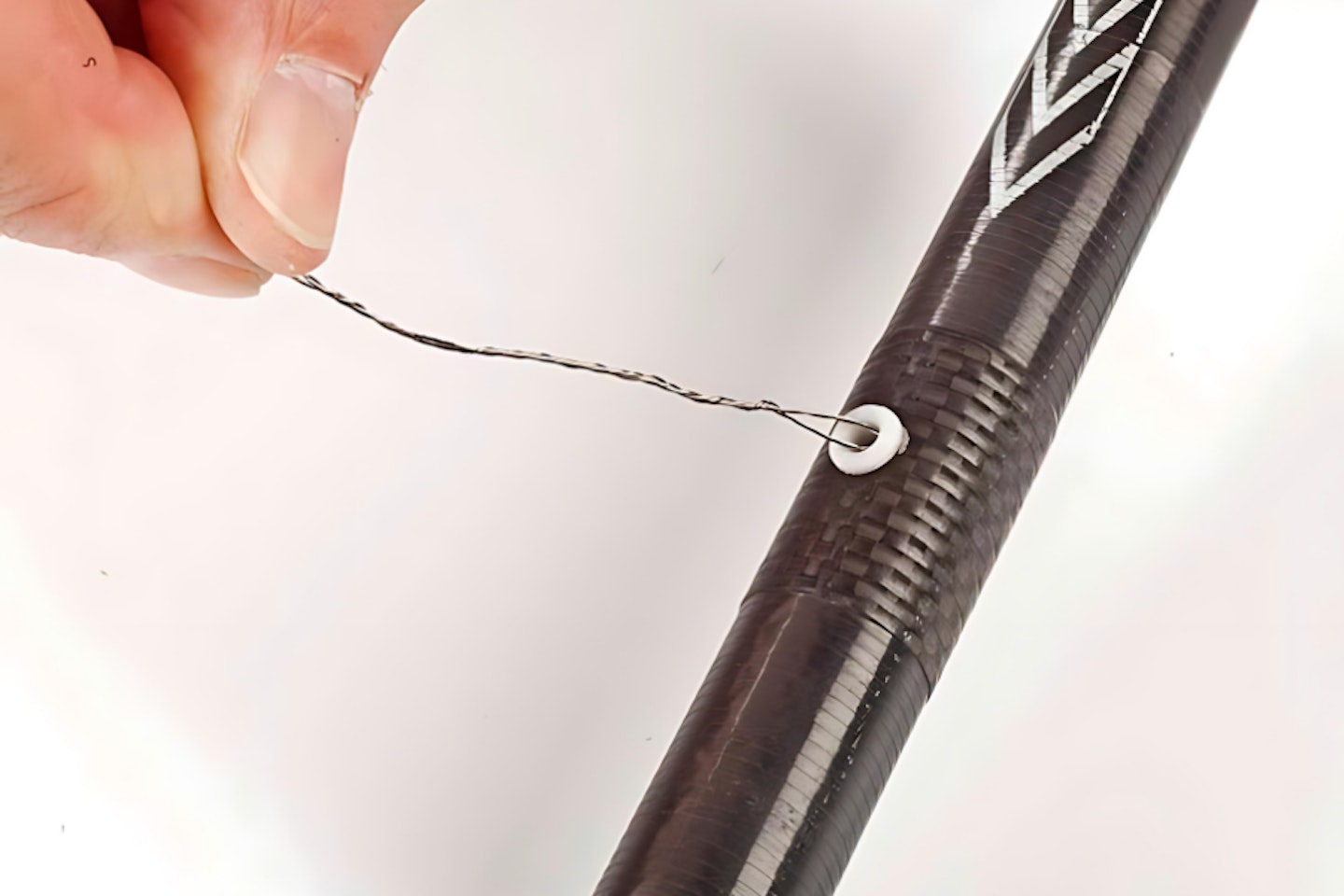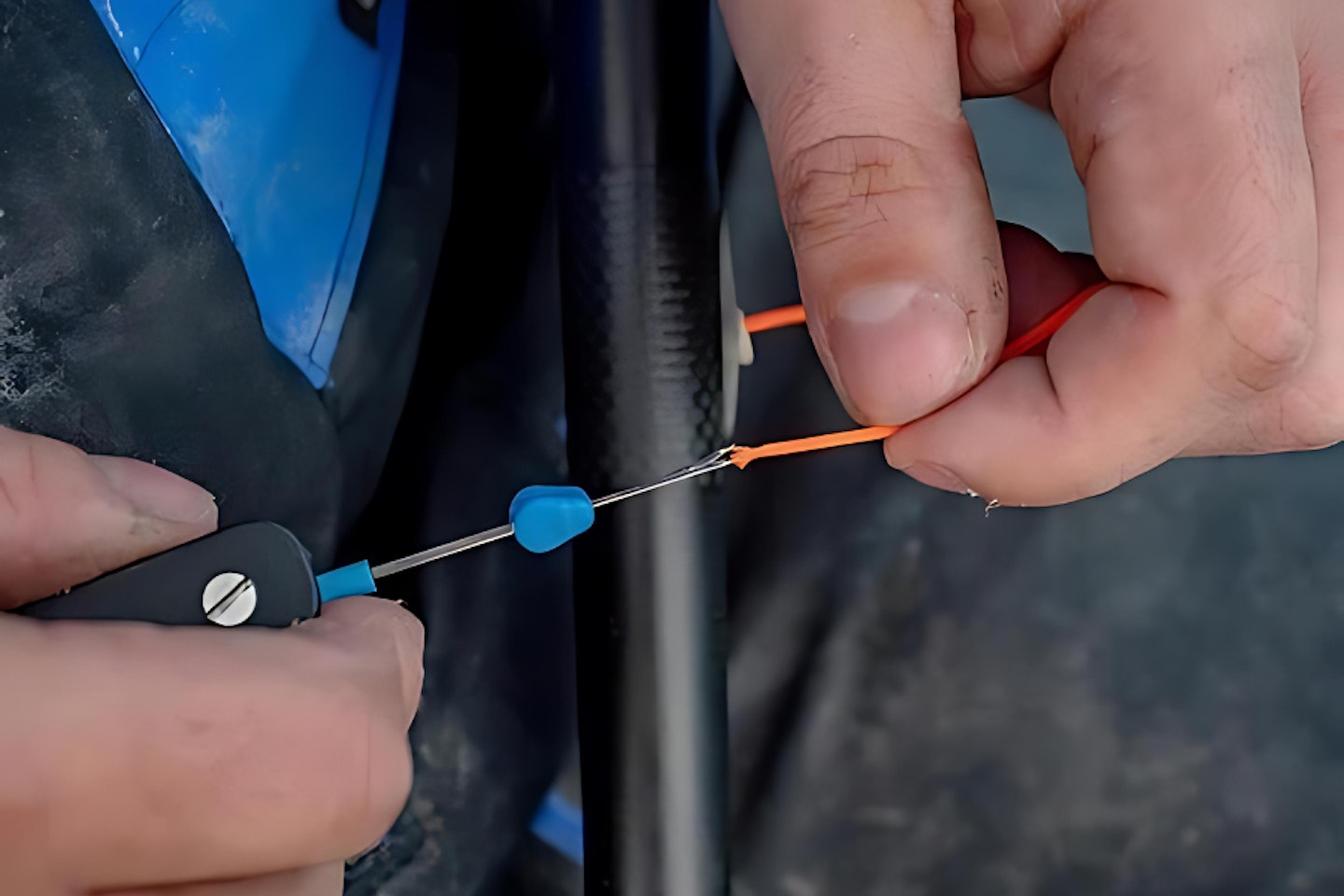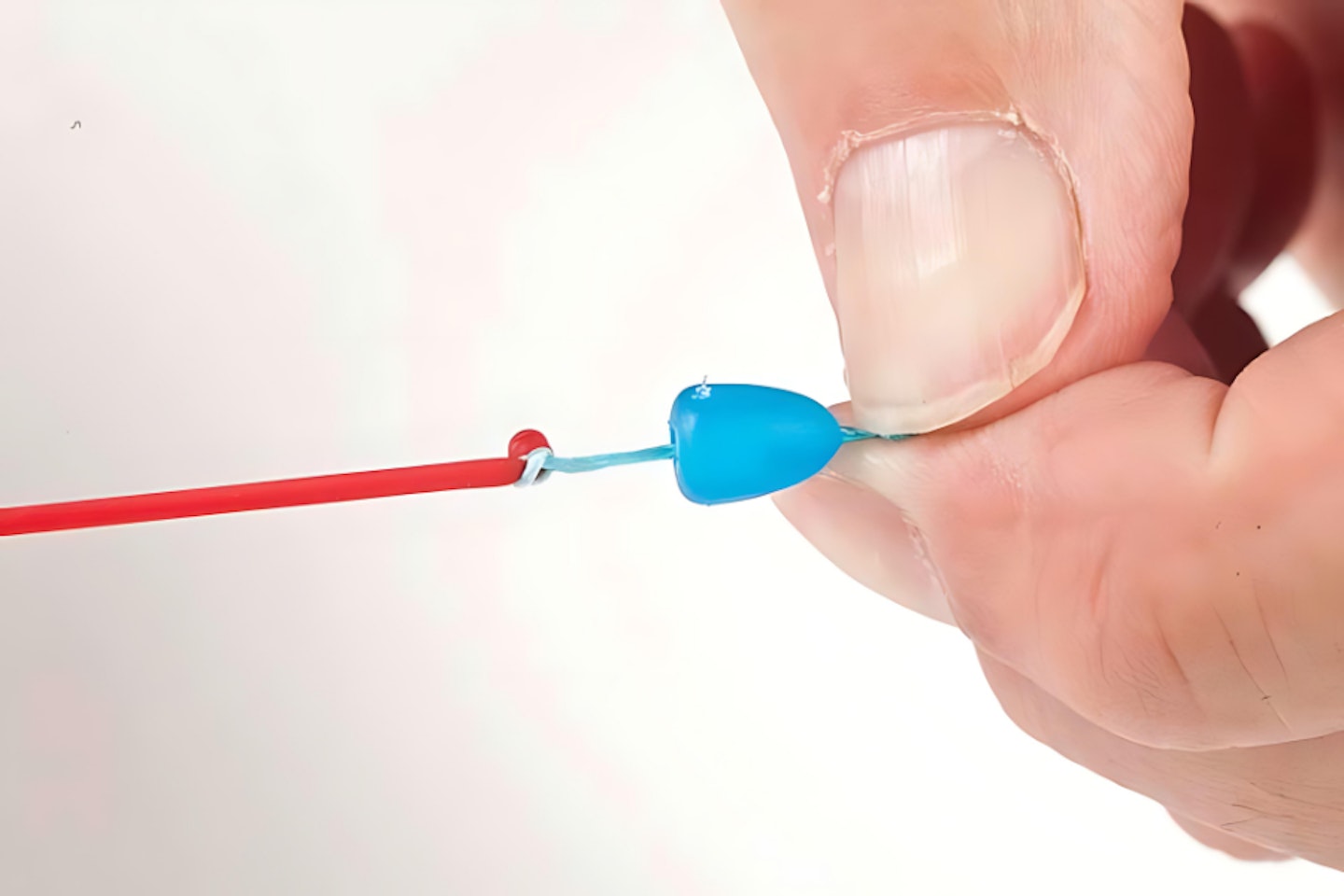Selecting the appropriate pole elastic is a critical decision for any angler, as it directly impacts your ability to land fish and enjoy a successful fishing experience.
Properly fitting the elastic into your pole's top kit is a fundamental skill for any pole angler. This process significantly affects the performance of both the pole and the elastic, ultimately influencing your fishing success.
Incorrect installation can weaken the elastic, reduce its recoil power, and increase the risk of breakage. Ensuring optimal tension and security is essential for effective hook-setting and playing fish. Improperly fitted elastic can damage the top kit and even the pole itself. A well-installed elastic protects the pole from strain during fish fights.
USE THE BEST FISHING POLES TO IMPROVE YOUR ACCURACY AND PRESENTATION.

Understanding elastic types
Solid Elastic: Known for its durability and predictable performance, solid elastic is ideal for targeting smaller fish species like roach, rudd, and skimmers. It offers excellent control, though its limited stretch may struggle with larger, more powerful fish. Solid elastic typically stretches up to four times its length.
Hollow Elastic: Renowned for its exceptional stretch and shock absorption, hollow elastic is the preferred choice for anglers targeting larger species such as carp, tench, and barbel. It minimizes the risk of pole breakage during powerful fish fights. However, its increased stretch requires careful management to maintain control. Hollow elastic typically stretches up to eight times its length.
Hybrid Elastic: Combining the strengths of both solid and hollow elastics, hybrid elastic offers a balance of durability, stretch, and control. It's a versatile option suitable for a wide range of fishing conditions and fish sizes. Hybrid elastic typically stretches up to six times its length.
ONE OF THE BEST FISHING SEATBOXES IS ESSENTIAL IF YOU ARE TO USE A POLE PROPERLY.

Factors influencing elastic choice
Target Species: The size and power of the fish you intend to target will significantly impact your elastic selection.
Fishing Style: Aggressive anglers may prefer the control of solid elastic, while those who prioritise a smoother fight will benefit from hollow or hybrid elastic.
Venue Conditions: The depth, structure, and fish population of your chosen fishing spot will influence your elastic choice. For example, snaggy or heavily pressured waters may require the shock-absorbing properties of hollow or hybrid elastic.
Pole Strength: Ensure the elastic you choose is compatible with your pole's power rating to prevent overloading.
With all these being important factors to consider when choosing what elastics to fit in your kits for your fishing. A balance of all of these will enable you to be prepared for any venue or conditions you may encounter, but if you are an angling that exclusively targets certain fish or similar venues you may choose to specify your choice of elastic to suit.
CHECK OUT THE BEST ALLROUNDER POLES UNDER £1500 TO FIT YOUR ELASTICS IN
How to elasticate a pole
The provided guide offers a clear and concise approach to elastic installation, breaking down the process into easily understandable steps. By following these steps, anglers can confidently fit elastic into their top kits and achieve optimal performance.
Clean the Top Kit
Remove any dirt or debris from the inside of the top kit, ensure its dry in order to help stop the elastic sticking to the inner walls, if its not possible to allow to dry the use of a pole threader isadvantsageous.
Thread the Elastic
Carefully feed the elastic through the top kit, avoiding kinks and twists. Using a pole threader may make the job a little easier.

Thread through the puller port
Once through the entire length of the pole, feed the elastic threader from the puller port to the bottom of the pole and use it to pull the elastic from the bottom of the pole through the puler port.

Attach the Puller Bead
Slide a puller bead onto the elastic to prevent it from slipping, use a pole threader or baiting needle to do this.

Tension the Elastic
Gently pull the elastic to create slight tension. (Top tip: it is worth pre stretching the elastic before fitting as it can increase in length slightly after being stretched, by doing this will reduce the chance of the elastic become overstretch and having extra dangling out the pole tip when fishing, it can also be adjusted using the puller bead)
Secure the Elastic
Tie a knot in the elastic a crows foot is sometimes used this allows the rig to be attached by using the knot to cinch the rig against or tie a knot to attatch the connector or dacron connector.

Fine Tune
Use the puller bead to fine tune the tension on the elastic to your preference.

By diligently following these steps, you can maximise the potential of your pole and elastic, leading to improved fishing results and a more enjoyable experience.
